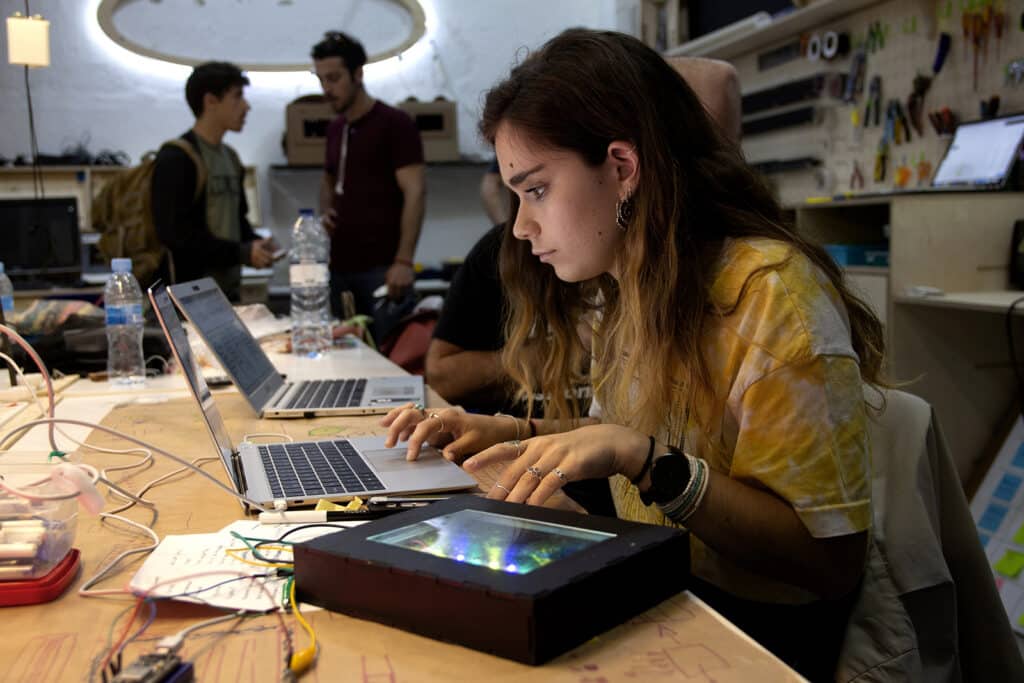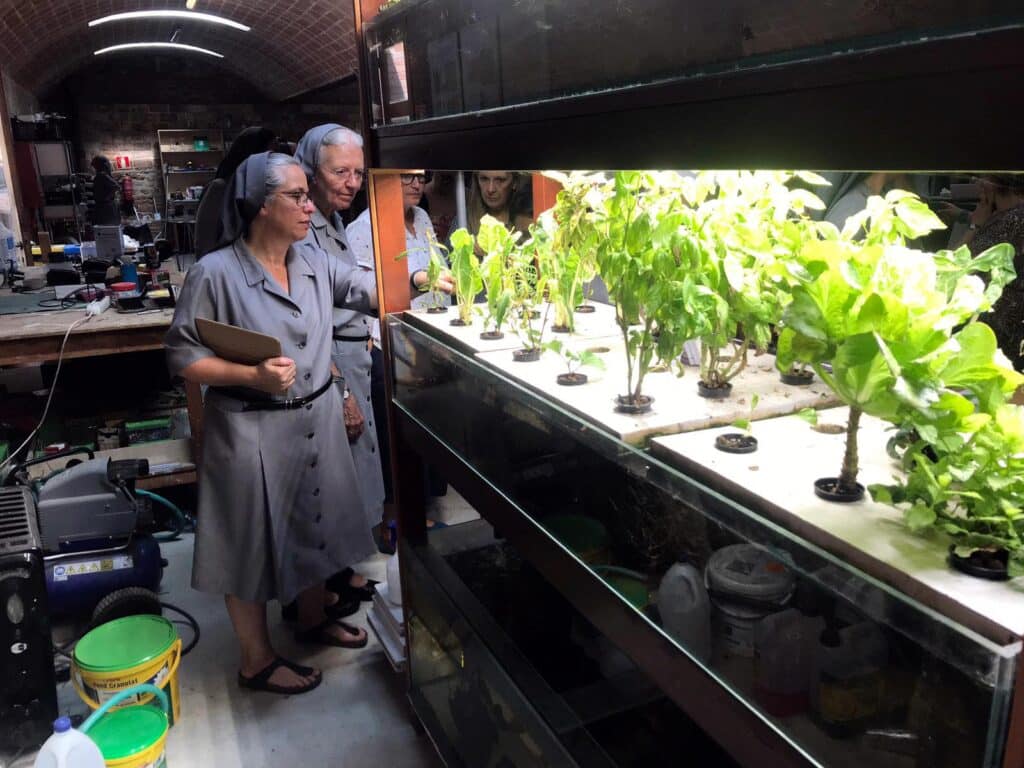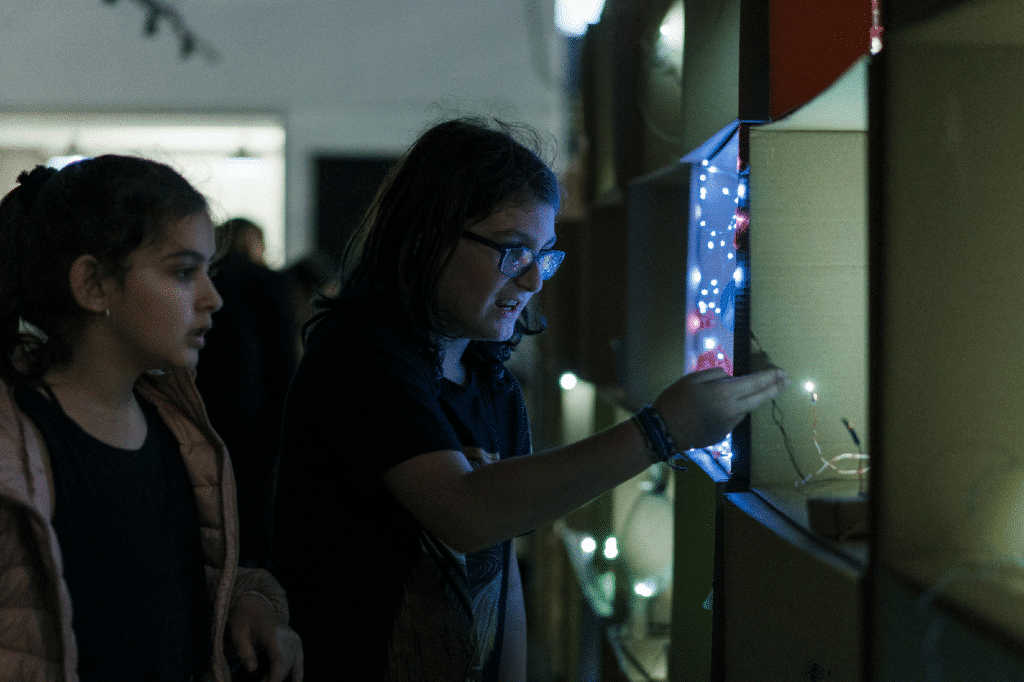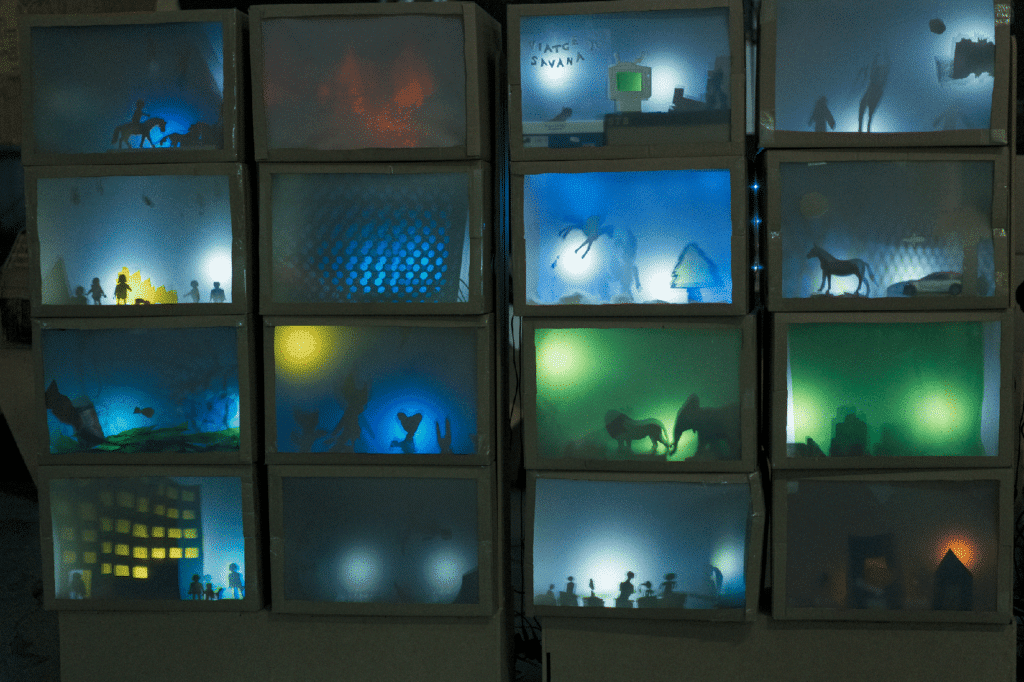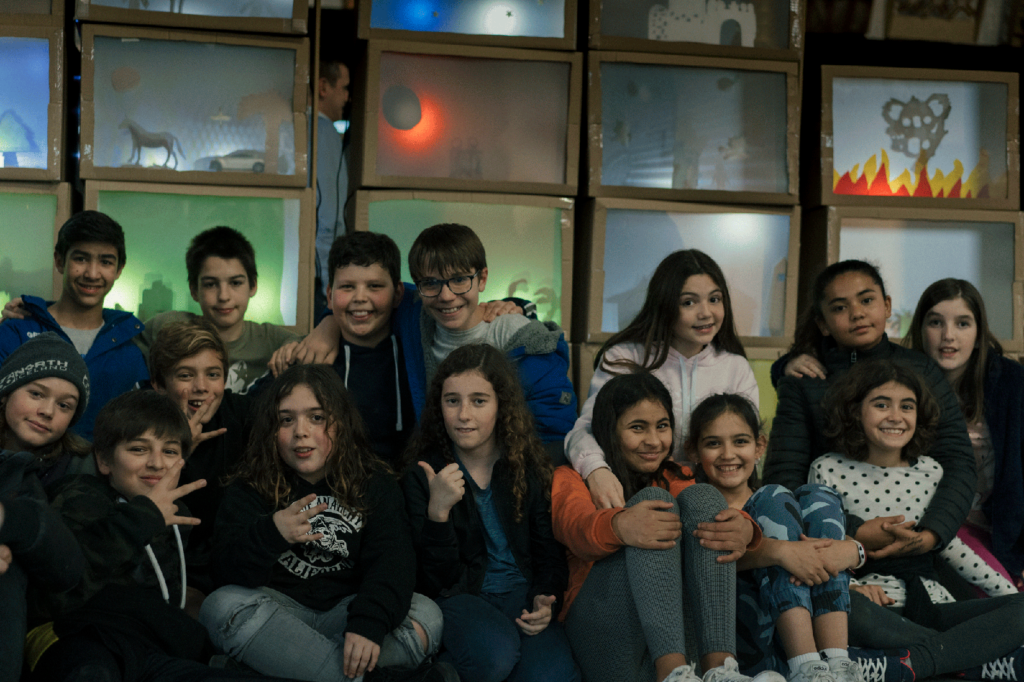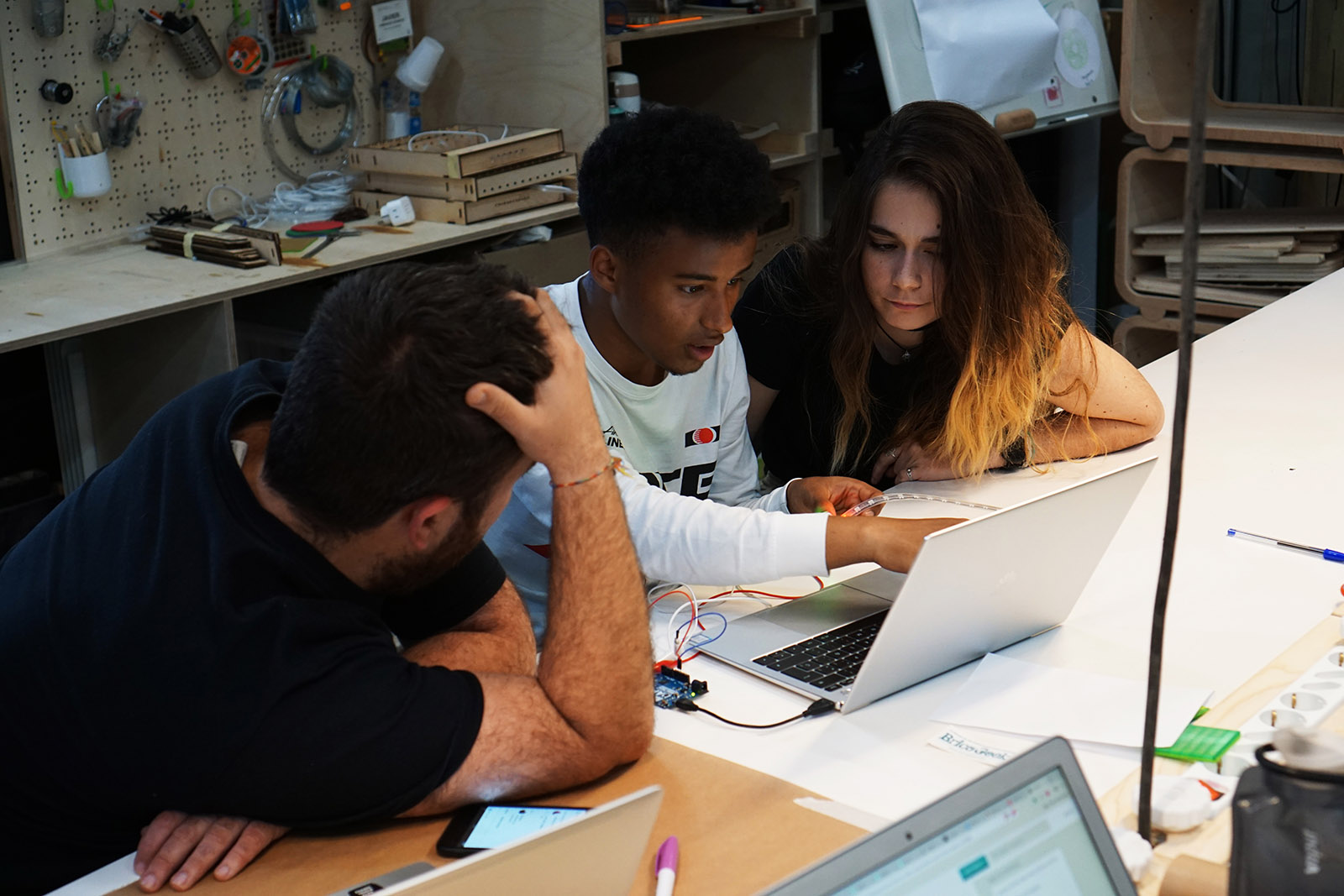
The case for hands-on learning
Hands-on learning is becoming increasingly essential for the future of education.
What is hands-on learning?
Hands-on learning is also known as learning-by-doing, ‘experimental learning’ and ‘kinesthetic learning’. Currently, this form of education is seen as different from the traditional formats of learning in classrooms – which is often listening to a lecturer give information about a particular subject, or working through a class book. Hands-on learning indicates that students actively create solutions in the classroom rather than passively consume answers. In the physical act of creation, they learn new skills and knowledge. This is a popular way of learning among children and adults.
click to tweetWhen we play, our creativity flourishes and we develop tools, tricks and strategies to use elsewhere in life.
Why hands-on learning?
Hands-on learning is especially effective due to the fact that students see something ‘real’ – a physical object which represents a manifestation of their thoughts, ideas and processes to get to the final result. The physical performance of the task stimulates different areas in the brain and associates meaning to the visual information – this is especially effective in developing confidence levels and problem-solving.
New forms of education
This way of learning is very impactful when considering how it could transform the way we learn in the future. Hands-on learning opens up new doors to how, where, what and why we learn. Further, it reflects how there is no singular future to education and professions but multiple futures – short, active courses may prove more effective and useful than extended three-year book-based degrees. Studies have even suggested that increased hands-on learning leads to increased involvement in activism and a tangible sense of sustainability. This is no surprise, as many hands-on learning activities require an understanding of material form and lifecycle when using. This form of education is, therefore, promising when looking towards the future of sustainability.
click to tweet“For the things we have to learn before we can do them, we learn by doing them.”Aristotle
If there is increased learning-by-doing activities in the classroom and in our daily lives, we begin to understand how things function and work and can tinker, adapt and fix things when they break rather than throw items away and buy another one. This eventually could challenge our linear consumer culture, in which lessons learnt from education actually support mindsets more geared towards circular economies and material flows.
Education for all
Not only does hands-on learning work in children’s education, but it also includes adult education. There is an increased availability of ‘non-traditional courses’ which reduce the amount of intensive lecture time and introduce more tangible actions, playfulness and co-creation into the classroom, or even outside of it. For example, the Future Learning Unit (FLU), based at Fab Lab Barcelona, runs courses teaching children and adults about subjects regarding sustainability and the future. At Maker Faire Barcelona 2019 FLU ran courses on Bioplastics and has continuously been running workshops at Fab Lab Barcelona on subjects such as coding, artificial intelligence and machine learning.
The Maker education
The learning-by-doing approach is common in the maker, DIY, STEM and hacker world. The emergence of the Maker education – mentioned before as ‘non-traditional courses’ is becoming more of a tradition. Open-source, digital tools and the continuously increasing numbers of makerspaces are improving accessibility to hands-on learning activities.
There lacks a sufficient agenda for kinesthetic learning in educational systems, this is mostly due to a lack of funding for hands-on learning experiences. Often these experiences come with higher risk and more supervision needed, which educational systems do not always have the budget for. This is slowly changing with increased support for education in European-funded projects, for example, DOIT. DOIT is a project which supports young entrepreneurs to thrive in makerspaces and develop personal skills. Hands-on learning is not exclusive to technology-based classes, but also Design and Technology, Textiles, Food Technology (or Home Economics), Drama and more.
It is promising to see the rise in the number of makerspaces and increased accessibility to places that work with active, inclusive learning experiences. This is a step away from traditional forms of book-based learning and recognises that we can learn using alternating techniques. Hands-on learning in education is important if we are to understand tools that play a huge role in our livelihoods. Short courses also work alongside the lives of people who cannot devote years to studying but would like to learn about a particular subject. Further, hands-on learning experiences can also lead to a development in tools that may work to make the standard of life better, improve our environments and health.
Where to find hands-on learning in education
- The Makerversity based in London, UK.
- The Master in Design for Emergent Futures, IAAC, Barcelona, Spain.
- Maker Education: experiences from schools and beyond, Re:publica Festival, 2019, Berlin, Germany.
- The Future Learning Unit, based in Fab Lab Barcelona at IAAC, Barcelona, Spain.
- A Maker Faire near you.
